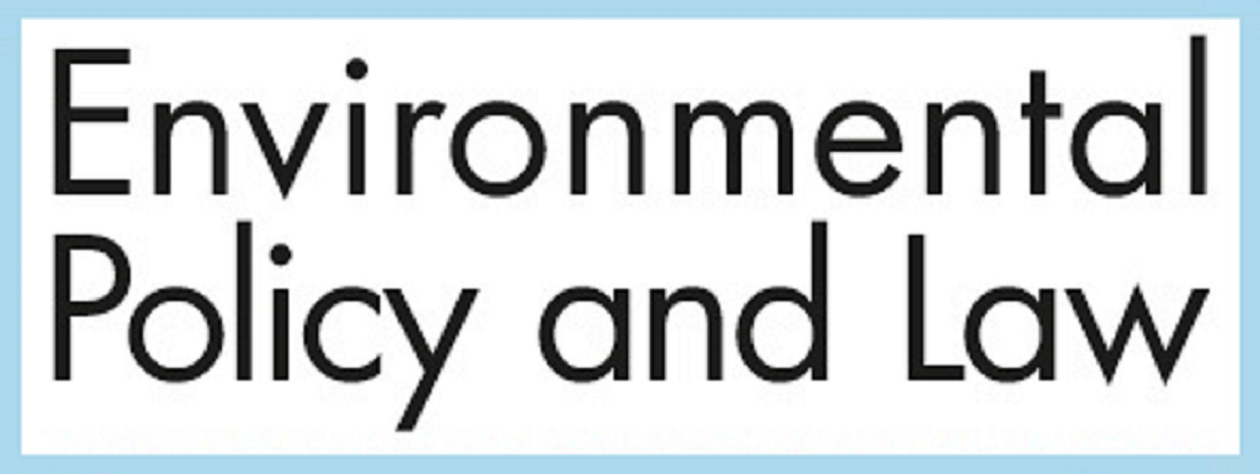Organization of the paper and style of presentation
All article manuscript submissions should be between 5,000 and 8,000 words in length inclusive of abstract, keywords, footnotes, tables and figures. In special cases, longer articles may be considered.
Manuscripts must be written in English. Authors whose native language is not English are advised to seek the advice of a native English speaker, before submitting their manuscripts.
Manuscripts should be prepared with wide margins and double spacing throughout, including the abstract, footnotes and references. Every page of the manuscript, including the title page, tables, etc., should be numbered. However, in the text no reference should be made to page numbers; if necessary, one may refer to sections. Try to avoid the excessive use of italics and bold face. All the citations shall be shown as footnotes at bottom of the same page, numbered as 1, 2, 3, etc.
Manuscripts should be organized in the following order:
- Title page
- Body of text (divided by subheadings)
- Acknowledgements
- Tables
- Figure captions
- Figures
Headings and subheadings should be numbered and typed on a separate line, without indentation.
SI units should be used, i.e., the units based on the meter, kilogram, second, etc.
Title page
The title page document should be uploaded separately and should provide the following information:
- Title (should be clear, descriptive and not too long)
- Name(s) of author(s); please indicate who is the corresponding author
- Full affiliation(s)
- Present address of author(s), if different from affiliation
- Complete address of corresponding author, including telephone number and email address
- Abstract; should be clear, descriptive, self-explanatory and not longer than 200 words, it should also be suitable for publication in abstracting services
- Keywords
Authorship
Any author included in the author list should have contributed significantly to the paper, and no person who has made a significant contribution should be omitted from the list of authors. Please read the IOS Press authorship policy for further information.
Tables
Number as Table 1, Table 2, etc., and refer to all of them in the text.
Each table should be provided on a separate page of the manuscript. Tables should not be included in the text.
Each table should have a brief and self-explanatory title.
Column headings should be brief, but sufficiently explanatory. Standard abbreviations of units of measurement should be added between parentheses.
Vertical lines should not be used to separate columns. Leave some extra space between the columns instead.
Any explanations essential to the understanding of the table should be given in footnotes at the bottom of the table.
Footnotes
All citations should be structured in the EPL reference style.
All citations in the articles need to be given only as footnotes, shown at the bottom of the same page and numbered as 1, 2, 3 etc. Lengthy footnotes should only be used if absolutely essential. In most cases it is possible to incorporate the information in the text. Separate bibliography should not be given.
Illustrations and Figures
Authors are encouraged to submit figures, tables, photographs and other illustrations for inclusion in the publication, and are responsible for any necessary permissions relative to use of these materials (see here). EPL may, in some cases, include relevant illustrations and figures, selected with attention to the content of the article. It is possible to have figures printed in color, provided the cost of their reproduction is paid for by the author.
